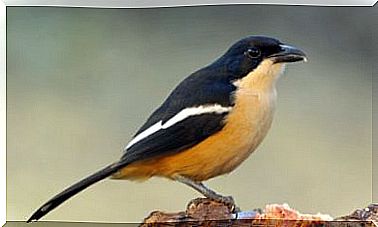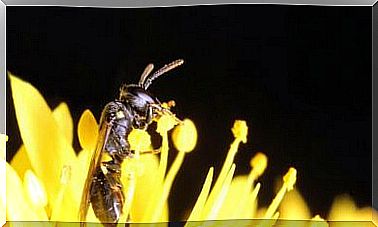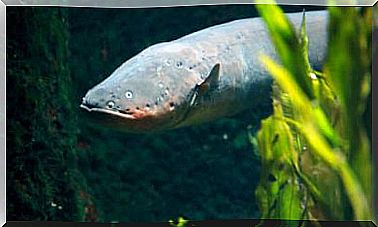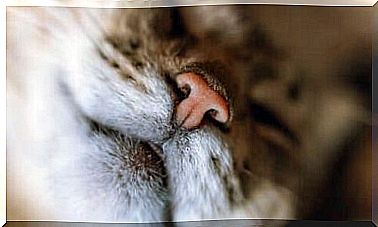10 Fun Facts About Animal Sleep
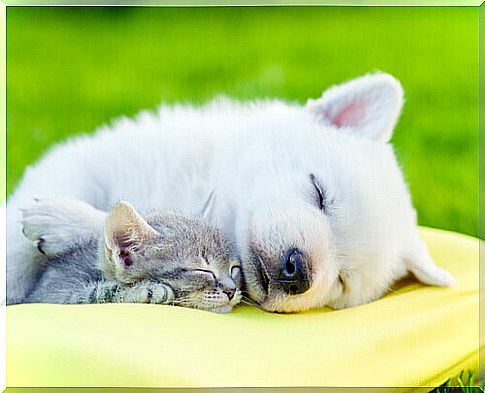
Thanks to technological advances, science was able to enter the world of animal sleep. Although there is still a lot to discover and many theories of the past have been left behind, it has been possible to reveal a great deal of new information on the subject.
Curious data about animal sleep
During dreaming, the characteristic of brain activity varies from one species to another. However, eye movements and muscle, cardiac and respiratory activity are very similar in most animals.
Furthermore, we have to take into account that many species have to adapt their way of sleeping for the sake of survival.
Next, we’ll tell you some fun facts about the sleeping habits of animals.
1. The most sleepers in the animal kingdom

Despite having gained the reputation of sleepers, sloths are not the animals that sleep the most. But although their name doesn’t help much to dispel the myth, it is now known that these animals sleep between 9 and 10 hours a day.
However, koalas usually sleep an average of 14.5 hours. But the record seems to be that of bats: they can remain in the arms of Morpheus for more than 20 hours a day.
2. Do all animals dream?
Dog owners have seen their furry dreams more than once. But while researchers cannot give absolute assurance that animals are dreaming, they can guess, since they perform rapid eye movements, the same as humans do when dreaming.
This has been observed, for example, in whales, octopus, squid, platypus and even rats. And it is suspected that almost all species – especially mammals – have a fast sleep phase and a deeper one.
3. Do insects sleep?
What happens is that insects are more like us than we could imagine. And not just at the genetic level; also in relation to physiological responses.
A good part of them – wasps, bees, cockroaches, etc. – have sleep/wake patterns very similar to those of mammals. Others, such as moths, are known to rest at night, but without being able to say that they sleep. But they do enter into a kind of lethargy.
4. Do birds fly asleep?
Some time ago, not so long ago, it was believed that birds that migrate and travel long distances slept as they flew. Now the theory that indicates that some species, in fact, stop sleeping until they complete the journey, no matter how extensive it may be, is more concrete.
5. Little sleep, a matter of survival
Some animals find themselves unable to sleep deeply and for a long time, as otherwise they would be easy prey for predators. This is the case of giraffes (4 hours), horses (3 hours) and elephants (3 hours and a half).
These animals also use different mechanisms to remain vigilant. For example, the giraffe is used to sleeping standing up and only when it feels absolutely safe does it lie down to rest. Then she lies down on the floor and bends her long neck until her head is on her hips.
6. The strange way of sleeping for dolphins
Dolphins can hold their breath underwater for an average of 15 minutes. For that reason, they have to adapt their sleep cycle to these circumstances.
Thus, they deactivate one of the cerebral hemispheres and even close the corresponding eye. Meanwhile, the other side of the brain, which remains awake, is dedicated to watching, keeping the body afloat, and controlling breathing and other basic physiological processes.
Bonus track: More fun facts about animal sleep
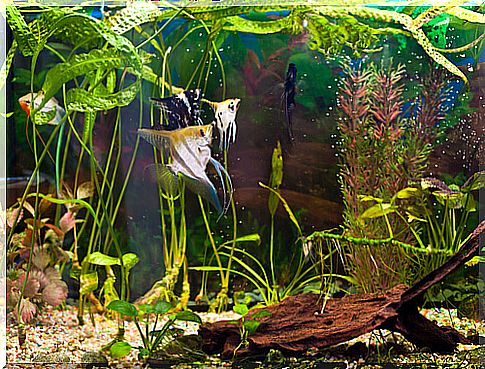
- Since fish do not produce brainwave patterns, it could be argued that they do not sleep. However, many of them have reduced levels of metabolism, physical activity and a low response to stimuli.
- Cases of sleepwalking dogs and cats were recorded.
- Rodents have sleep patterns similar to people’s : they need sleep to rest, be alert and learn new tasks.
- Sea otters are said to hold hands when they sleep, so they make sure the sea currents don’t tear them apart.




